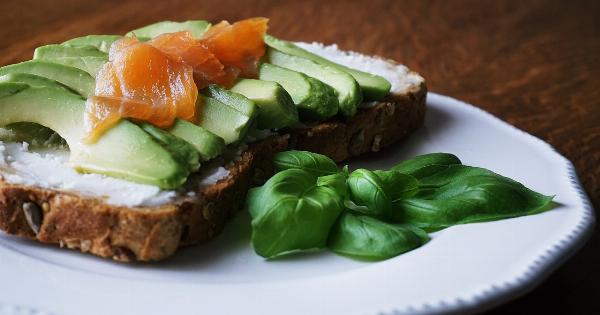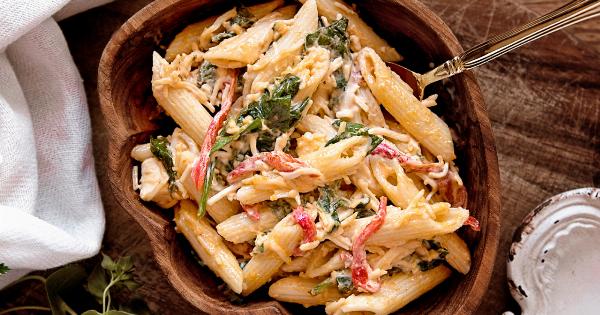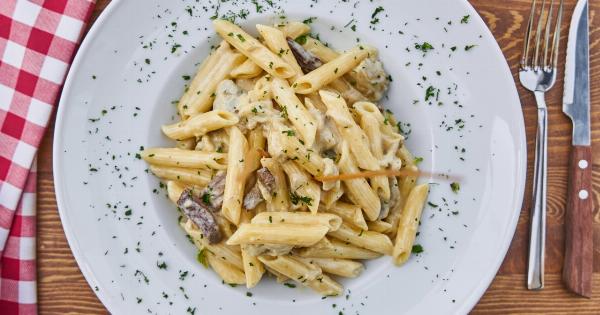Snacking is a popular pastime for many people around the world. Whether it’s during a movie night, a casual gathering, or simply as a way to satisfy cravings, snacks are an integral part of our lives.
One such snack that has gained immense popularity is popcorn. Not only is it delicious, but it is also versatile and can be enjoyed in various flavors.
However, for those conscious of their calorie intake, it is essential to understand the number of popcorn calories to ensure that they fit within their dietary goals. In this article, we will explore the calorie content of popcorn and discuss strategies for counting your snack intake effectively.
The Nutritional Profile of Popcorn
Before delving into the calorie content of popcorn, let’s first examine its overall nutritional profile. Popcorn is a whole grain, which means that it contains all parts of the grain, including the bran, germ, and endosperm.
It is typically low in fat and high in fiber. This makes it a healthier snacking option compared to other calorie-dense snacks.
Calorie Content of Plain Popcorn
Plain popcorn made without any added ingredients, such as butter or salt, is a low-calorie food. On average, one cup of air-popped popcorn contains around 30 calories.
Air-popping popcorn is a popular method because it uses hot air to pop the kernels, eliminating the need for additional fat or oil.
Popcorn with Toppings
The calorie content of popcorn can significantly increase when various toppings are added. For instance, adding butter can add around 100 calories per tablespoon.
Similarly, toppings like caramel, cheese, or chocolate coatings can further contribute to a higher calorie count. It’s essential to be mindful of the type and amount of toppings you choose to consume with your popcorn.
Measuring Popcorn Calories
When it comes to measuring popcorn calories, it is essential to have a reliable method of estimation. Here are a few strategies you can employ:.
1. Portion Control
One of the most effective ways to manage your popcorn calorie intake is through portion control. By measuring your portion size using measuring cups or a kitchen scale, you can create a clear understanding of the number of calories you are consuming.
It is important to remember that the more popcorn you eat, the higher the calorie count will be.
2. Using Calorie Charts
Consulting calorie charts can be helpful in estimating the calorie content of your popcorn. These charts provide detailed information regarding the calorie content of various popcorn flavors and preparations.
However, it’s worth noting that these values are approximations and can vary based on brands and ingredients used.
3. Reading Food Labels
Another reliable method for counting popcorn calories is to read food labels. When purchasing pre-packaged popcorn, check the label for information on serving size, calories per serving, and any added ingredients.
This will help you make an informed decision regarding your snack intake.
4. Using Calorie-Counting Apps
In the digital age, numerous calorie-counting apps and websites are available to track your food intake.
These apps often have a database of various food items, including different types of popcorn, making it easier to calculate and monitor your calorie consumption.
Healthier Alternatives
If you’re a popcorn lover looking for healthier alternatives, there are options available that can help you satisfy your cravings without consuming excessive calories. Here are a few ideas:.
1. Air-Popped Popcorn
As mentioned earlier, air-popped popcorn is the healthiest popcorn option as it doesn’t require any additional fats or oils for preparation.
By enjoying plain air-popped popcorn, you can indulge in a delicious snack without adding unnecessary calories.
2. Lightly Seasoned Popcorn
If you prefer flavored popcorn, opt for lightly seasoned versions instead of those coated with butter or sugary toppings. Seasonings such as sea salt, black pepper, or herbs can add flavor without significantly increasing the calorie count.
3. Homemade Popcorn
By making your own popcorn at home, you have better control over the ingredients used. You can use healthier oils like olive oil or coconut oil for popping and experiment with various seasonings to suit your taste preferences.
Conclusion
Popcorn can be a satisfying and relatively healthy snack option when consumed in moderation. While plain air-popped popcorn is low in calories, caution must be exercised when opting for popcorn with added ingredients or toppings.
By utilizing portion control techniques, consulting calorie charts, reading food labels, or using calorie-counting apps, you can effectively count your popcorn calories. Experimenting with healthier alternatives, such as air-popped popcorn or lightly seasoned versions, can further support your snack intake while staying within your desired calorie range. Enjoy your popcorn mindfully and savor every bite!.




























